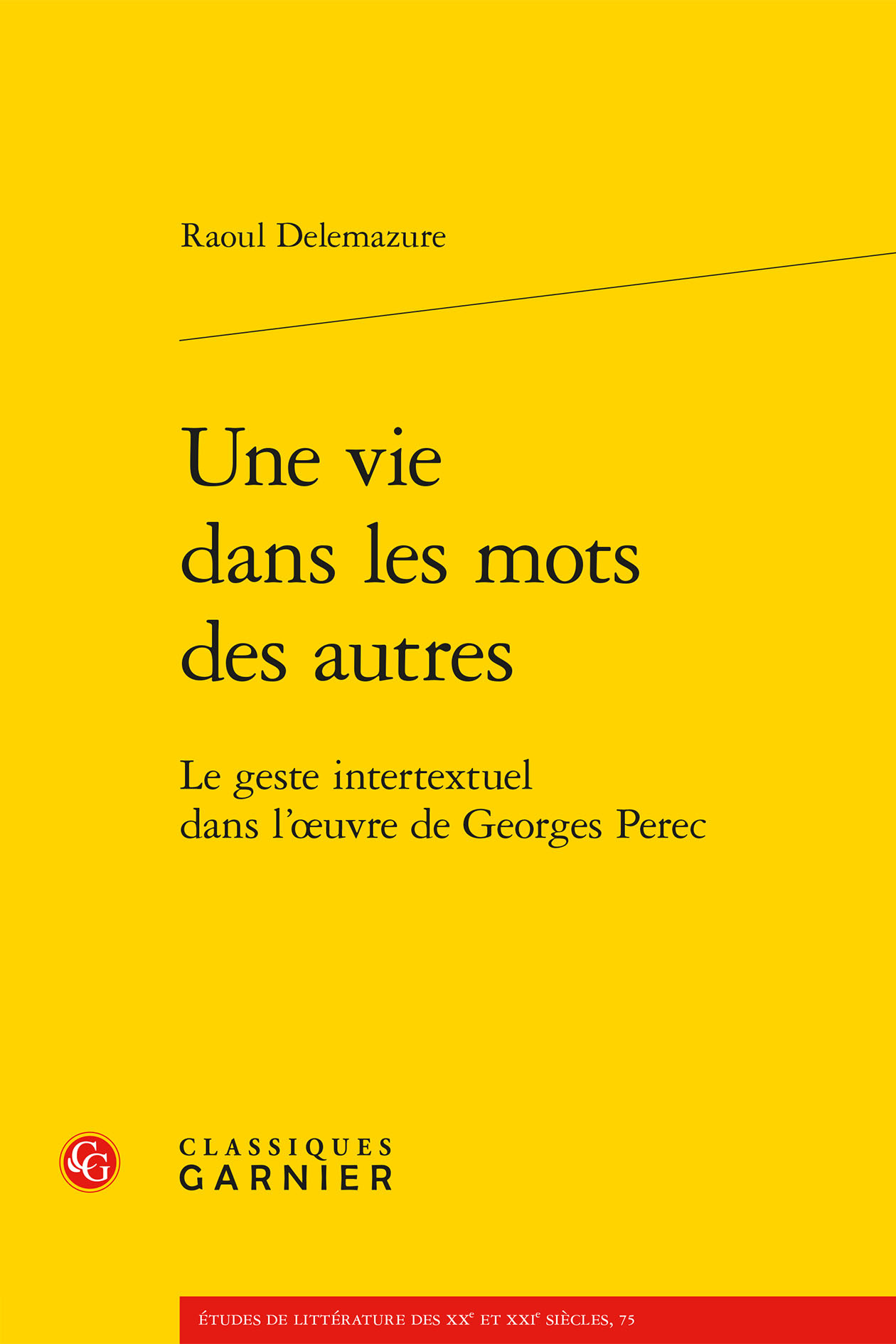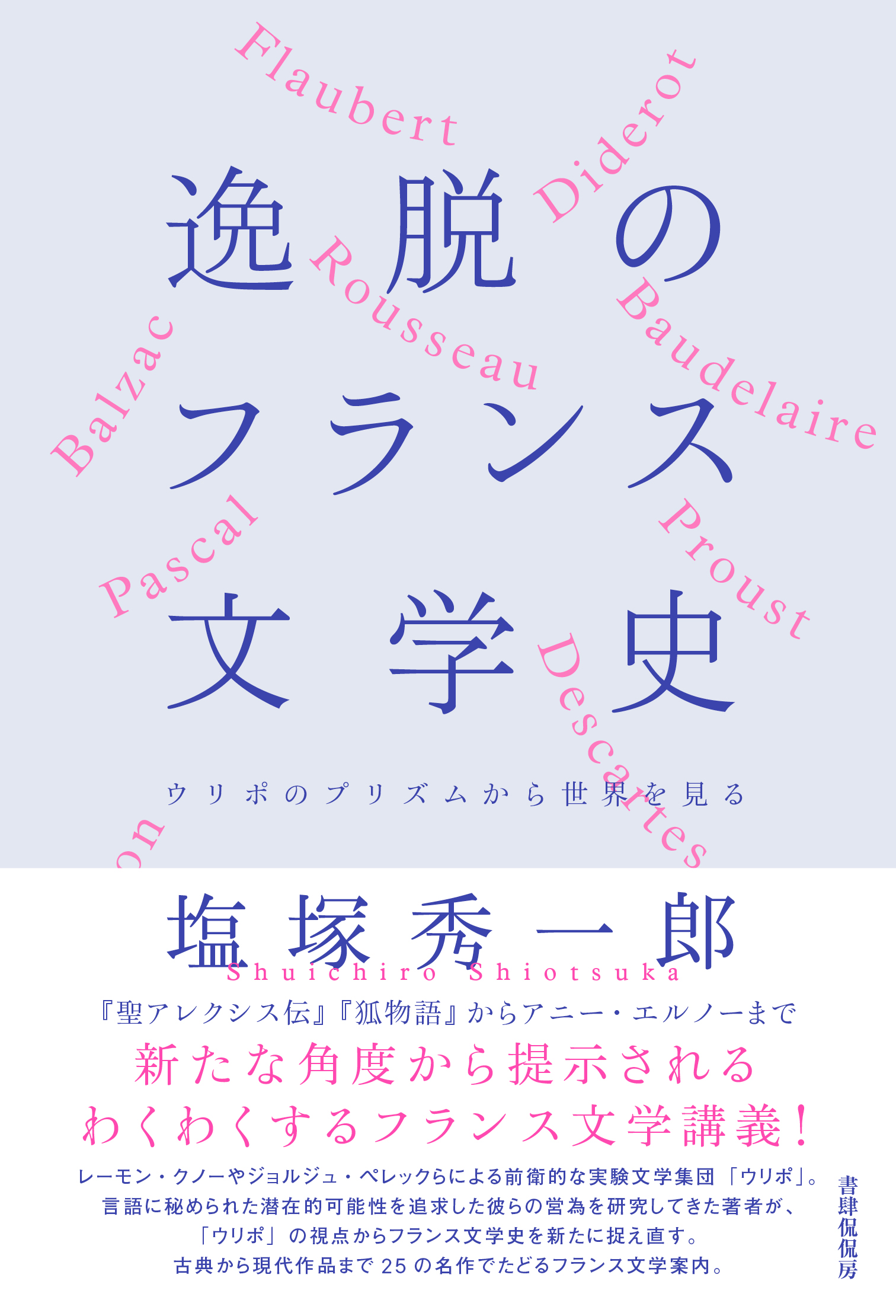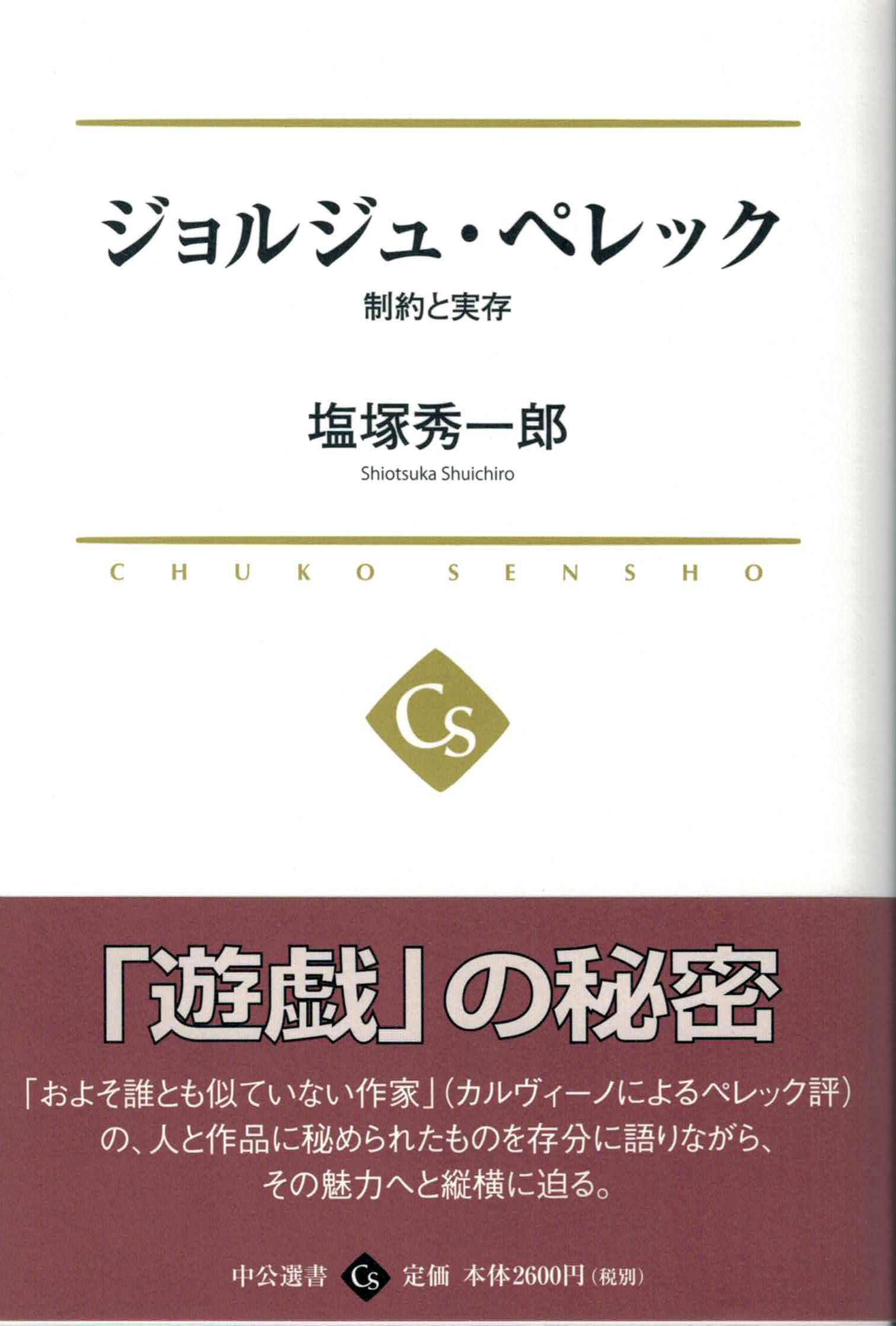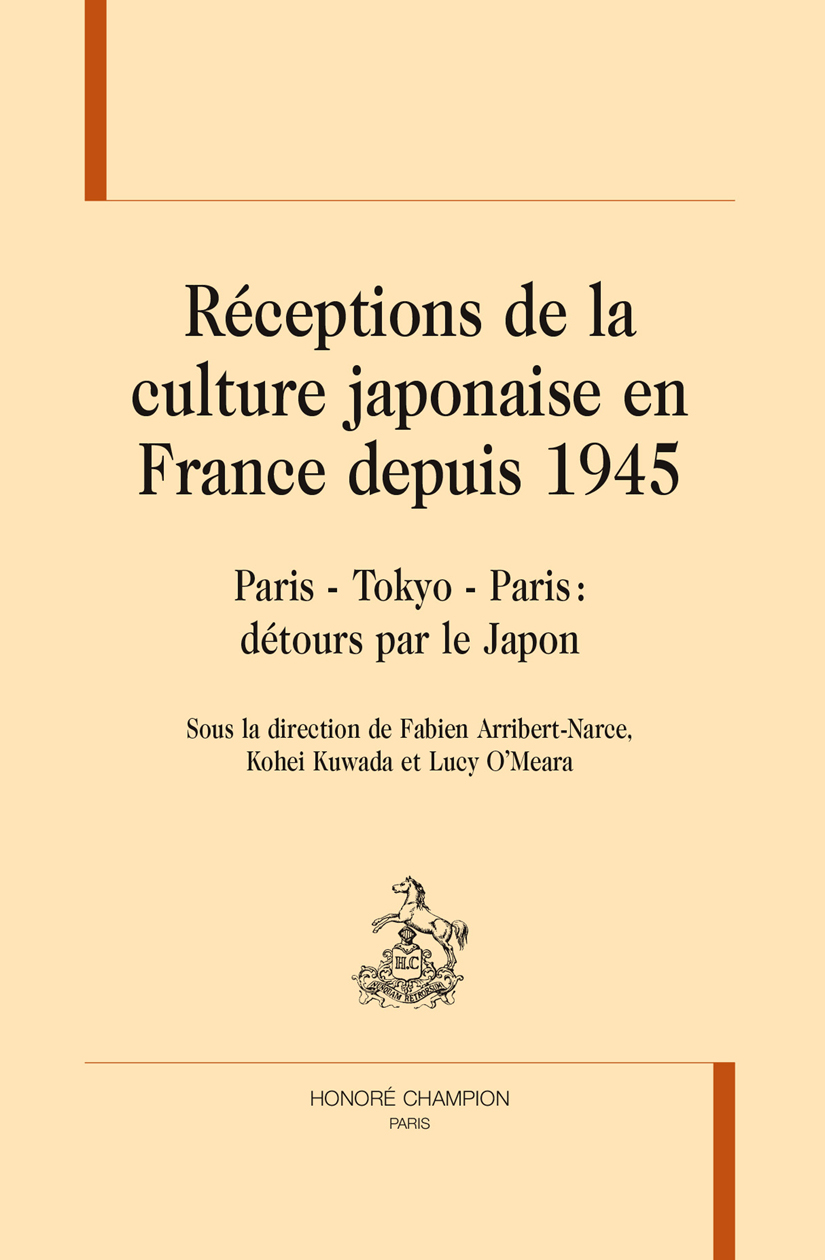
Title
Études de littérature des XXe et XXIe siècles Une vie dans les mots des autres Le geste intertextuel dans l’œuvre de Georges Perec
Size
465 pages
Language
French
Released
January 23, 2019
ISBN
9782406069720
Published by
Classiques Garnier
Book Info
Japanese Page
What could be more mundane than writing with the words of others? French writer Georges Perec (1936-1982), basing his work on world literature, concealing more or less famous quotes in his texts, is no exception. From his first published novel, Les Choses (1965), based upon quotations from Flaubert’s L’Education sentimentale, to his masterpiece, La Vie mode d’emploi (1978), in which every chapter contains two quotations from different novels mathematically distributed throughout the novel, one can see that intertextual writing is the core of Perec’s writing.
However, on closer inspection, citational writing is by no means obvious. From the early novels to the late works, it is not the same kind of quotations nor the same implication of the reader that is required: in his early works, Perec relies on quotations as a way to convey the meaning of the text, but in the late novels, the quotations can be seen as part of a modernist collage, made visible as a collage but meaningless individually as a quotation.
Thus, we can see that this intertextual aspect of the works of Perec has to be situated in the context of post-World War II’s literature, quotations and rewriting being one of the main aspect of modern and post-modern aesthetics. In this context, intertextuality has become a value inside what sociology of literature calls “literary field”. Studying various intertextual works, from English modernism to French Nouveau Roman, from Tel Quel to Oulipo, we tries to understand the different strategies of both denial and claims of these intertextual borrowings.
Finally, we state that in order to study works based on intertextuality, we have to deal with the concept of subjectivity, in order to find, behind the apparent banality of these borrowings, a gesture of writing but also a choice of existence.
The intertextual practices of Georges Perec are the result of his imaginary of literature, in which the book, stable and reliable, becomes a substitute for the real world, violent, painful and impossible to hold. These quotations and borrowings, at first only seen as a play with the reader, can actually be found in Perec’s private writings as well such as mails, diaries or notebooks. Therefore, we believe that these intertextual borrowings can only be deeply understood by evaluating the meaning and the function that the author gives to them.
(Written by Raoul DELEMAZURE, Associate Professor, Graduate School of Arts and Sciences / 2022)
Table of Contents
Sommaire
Dédicace
Épigraphe
Introduction
First part. intertextuality in Perec’s works: a constitutive practice
PREMIÈRE PARTIE
L’INTERTEXTUALITÉ DANS LE CORPUS
PERECQUIEN : UNE PRATIQUE CONSTITUTIVE
Une cartographie de l’océan
La matrice bibliothécaire de l’écriture
Un peu de rigueur
Pouvoirs et limites de l’érudition
Second part. History of quotations
DEUXIÈME PARTIE
HISTOIRE(S) DE LA CITATION
Contre l’évidence intertextuelle
Entre revendication et dissimulation d’une pratique citationnelle
Les pratiques d’un homme de lettres, une approche sociocritique de l’intertextualité
Third part. A library in the heart: personal dimension of intertextuality.
TROISIÈME PARTIE
UNE BIBLIOTHÈQUE DANS LE CŒUR,
LA DIMENSION EXISTENTIELLE
DE L’INTERTEXTUALITÉ
Imaginaires de la citation
Modalités existentielles de l’emprunt
Répétition et pulsion de mort
Conclusion
Le dernier des écrivains gutenbergiens
Bibliographie
Index des auteurs cités
Index des œuvres de Georges Perec citées
Table des matières
Conclusion. The last Gutenbergian writer.
Related Info
Reviewed by David Bellos (French Studies: A Quarterly Review, Oxford University Press Volume 74, Number 2 April 2020)
https://muse.jhu.edu/article/756573?ref=rc
Reviewed by Manet van Montfrans (Université d'Amsterdam) (Écritures francophones du Maroc Vol. 14 No 1 2020)
https://doi.org/10.18352/relief.1078
Reviewed by Jean-Pierre Salgas “50 ans sans E” (En attendant Nadeau Sept 24, 2019)
https://www.en-attendant-nadeau.fr/2019/09/24/50-ans-disparition-perec/



 Find a book
Find a book




